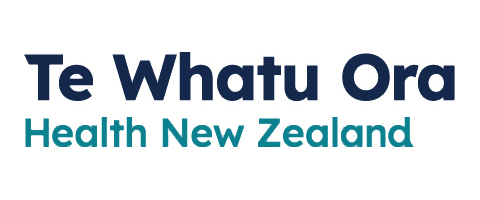One of our urgent care fellows working in the Bay of Plenty is passionate about recycling and reducing waste. The healthcare industry creates huge amounts of waste and plastic pollution, but there are ways that we can make our working environments more sustainable.
Tamsin has set up a recycling box in Rotorua Emergency Department to collect flexible cleaning wipe packaging and soap pumps, trigger heads. In just two weeks, 100 plastic packets have been collected. These are sent in to Terracycle using a freepost label where they are recycled into their component parts. Can you set up one in your work place and help divert plastic waste from landfill?
See the steps below for setting one up:
1. Get permission for the recycle box from the in charge / supervisor.
2. Repurpose a cardboard box for collections (as shown). I can send you a poster of the collected items similar to the one below if required.
3. Promote and advertise – inform those working in your area by email / intranet communications about the collections. Discuss with cleaners and HCAs. Put a poster up in a common area. Leave messages on white boards about the collections.
4. Empty collections when full.
5. Download a postage label from Terracycle (or email Tamsin when you need one and she can send it to you).
6. Attach label to packaged items and drop off at post office (freepost label!)




